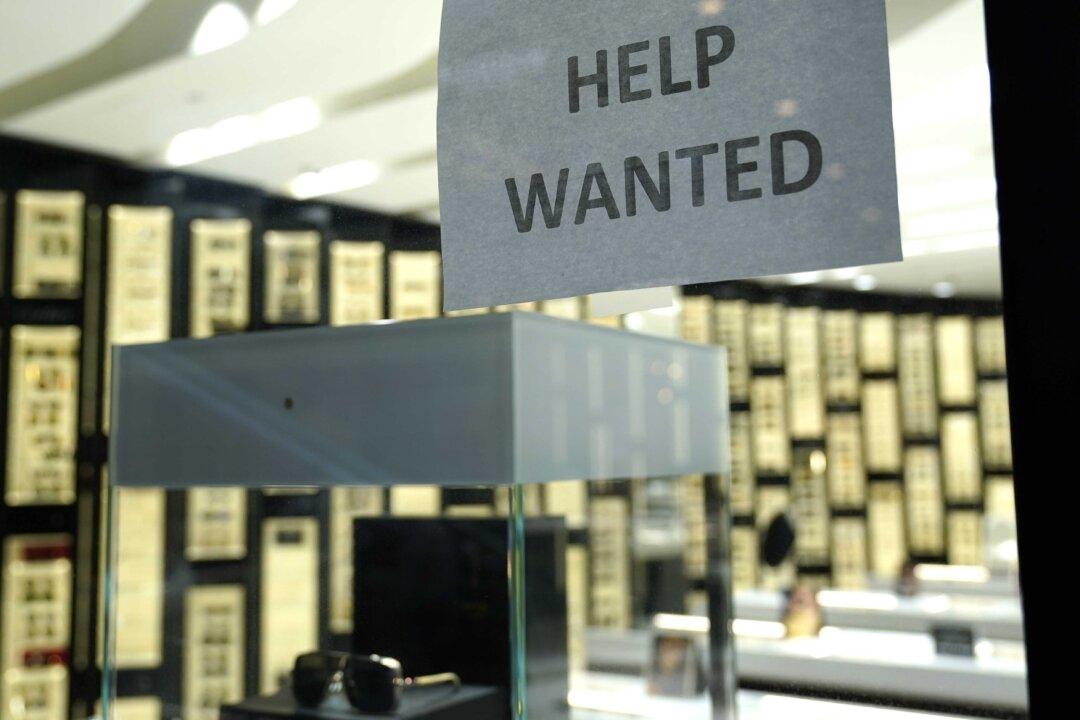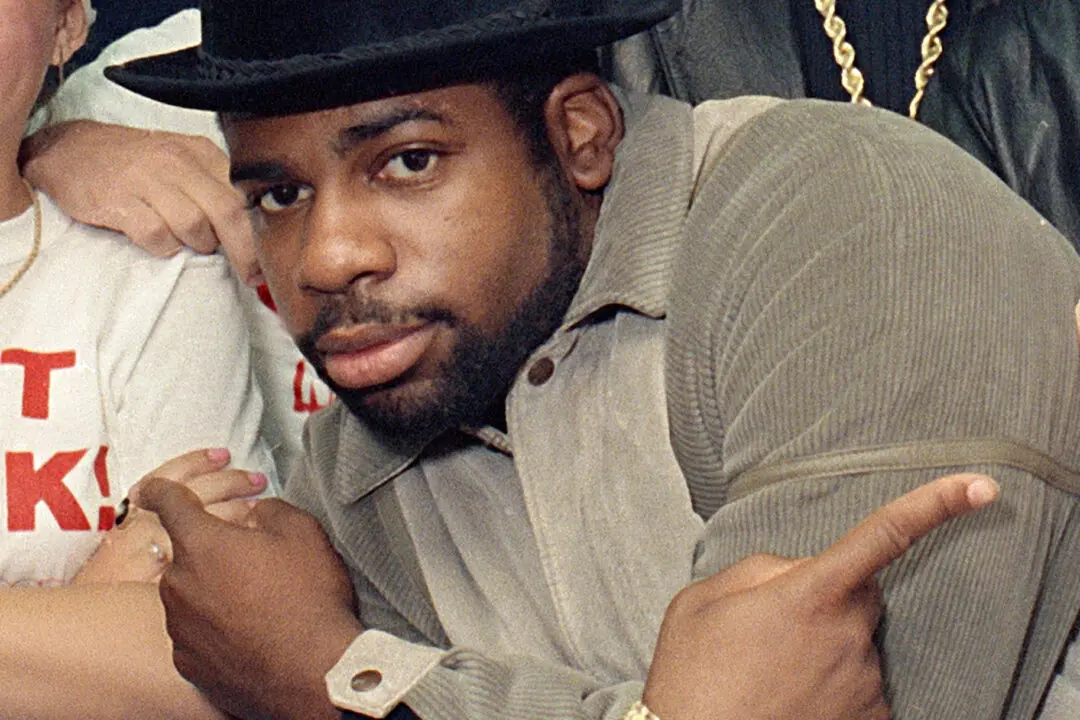WASHINGTON—The number of Americans applying for unemployment benefits rose again last week to 885,000, the highest weekly total since September, as a resurgence of coronavirus cases threatens the economy’s recovery from its springtime collapse.
The Labor Department said on Dec. 17 that the number of applications increased from 862,000 the previous week. It showed that nine months after the viral pandemic paralyzed the economy, many employers are still slashing jobs as the pandemic forces more business restrictions and leads many consumers to stay home.





